Anthropology
-
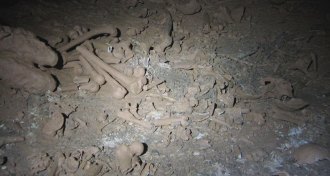 Anthropology
AnthropologyBelize cave was Maya child sacrifice site
Bones in Central American cave suggest many Maya sacrificial victims were children.
By Bruce Bower -
 Humans
HumansPieces of Homo naledi story continue to puzzle
Researchers defend Homo naledi as a new hominid species and debate how it reached an underground cave.
By Bruce Bower -
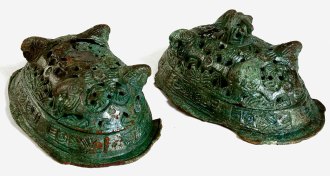 Anthropology
AnthropologyViking-era woman sheds light on Iceland’s earliest settlers
Viking-era woman accompanied island’s early settlers as a child from Scandinavia or Britain.
By Bruce Bower -
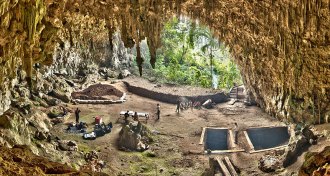 Anthropology
AnthropologyHobbits died out earlier than thought
Tiny Indonesian hominids disappeared earlier than thought, around 50,000 years ago.
By Bruce Bower -
 Anthropology
AnthropologyAncient DNA reveals who is in Spain’s ‘pit of bones’ cave
Ancient DNA shows Neandertals lived in northern Spain 430,000 years ago; the early date raises new questions about Neandertals’ origins.
By Bruce Bower -
 Neuroscience
NeuroscienceReaders respond to stress, tattoos, and the universe
Stress, tattoos, cosmic origins and more reader feedback.
-
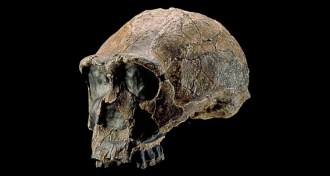 Anthropology
AnthropologyH. erectus cut, chewed way through evolution
A diet that included raw, sliced meat changed the face of early Homo evolution, scientists say.
By Bruce Bower -
 Anthropology
AnthropologyRise of human civilization tied to belief in punitive gods
Beliefs in all-knowing, punitive deities may have fueled the growth of human civilizations.
By Bruce Bower -
 Animals
AnimalsAfrica’s poison arrow beetles are key in traditional hunting method
In the Kalahari of Namibia, some San people still hunt with a traditional method — arrows laced with poison taken from beetle larvae.
-
 Anthropology
AnthropologyAttack 10,000 years ago is earliest known act of warfare
Human skeletons unearthed in East Africa show signs of a roughly 10,000-year-old lethal raid.
By Bruce Bower -
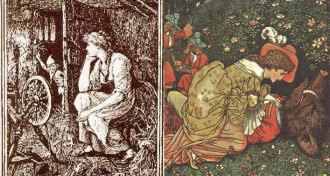 Humans
HumansNo fairy tale: Origins of some famous stories go back thousands of years
Pairing folktales with ancient languages shows that at least a few folktales originated thousands of years ago.
-
 Archaeology
ArchaeologyHumans visited Arctic earlier than thought
Human weapon injuries on mammoth bones show humans were in the Arctic up to 15,000 years earlier than researchers thought.